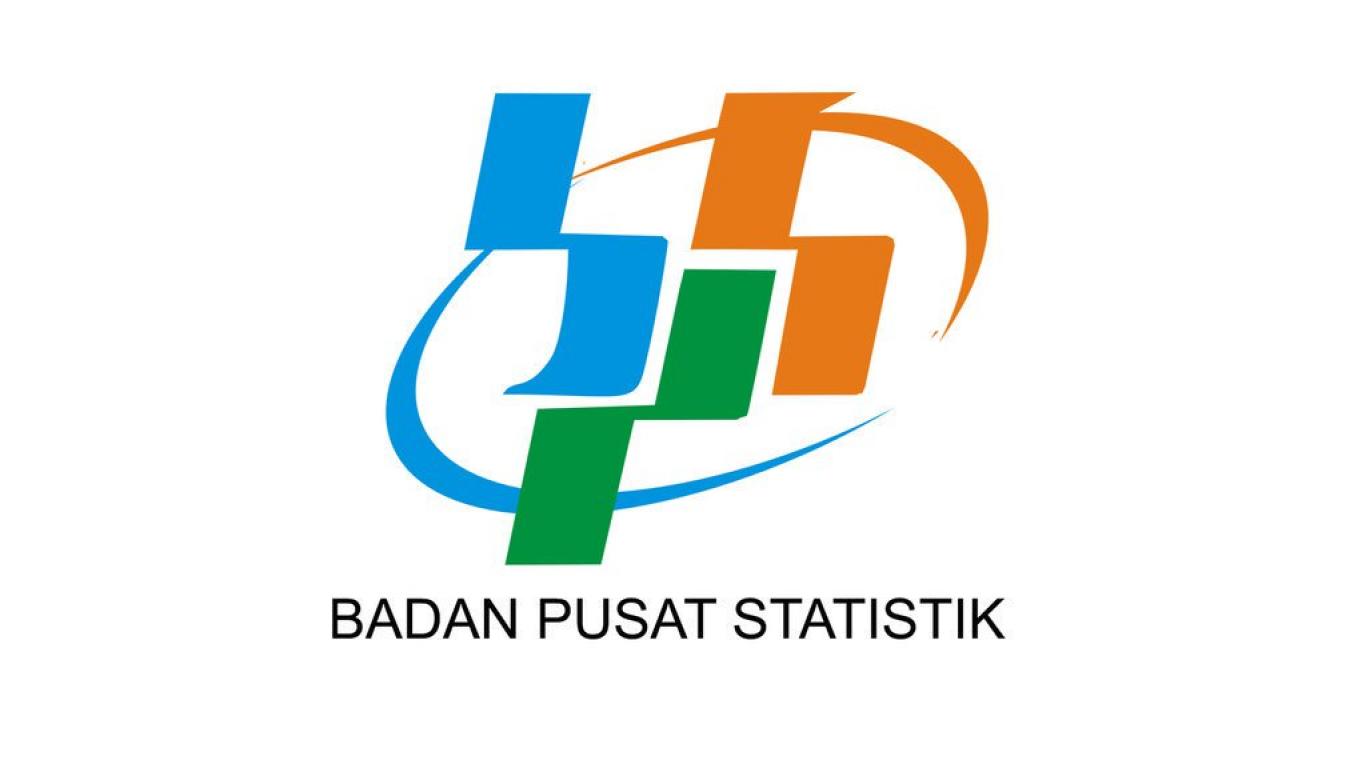

Sepriana, “Tax Avoidance on Poultry Business Owners in Blitar Regency, East Java Province,” Int. Kimbal, “Modal Sosial dan Ekonomi Industri Kecil - Google Books,” Repos. Puspitasari, “Modal Sosial Perempuan Dalam Peran Penguatan Ekonomi Keluarga,” J.

Garnasih, “Peran Modal Sosial dalam Pemberdayaan Perempuan Pada Sektor Informal (Studi K asus Pada Pedagang Warung Nasi Di Pasar Depok Lama Pancoran Mas Depok),” no. Empowering women is believed to increase the family economy because women serve as the ideal capital resources for maintaining the economic resilience of the family.īadan Pusat Statistik, “Hasil Sensus Penduduk 2020 Indonesia,” Bps.Go.Id, 2021.īadan Pusat Statistik, “Jumlah Penduduk Hasil Proyeksi Menurut Provinsi dan Jenis Kelamin (Ribu Jiwa), 2018-2020,” BPS.go.id, 2021.īPS Sulawesi Utara, “Jumlah Penduduk Berumur 15 Tahun Ke Atas yang Bekerja Selama Seminggu yang Lalu Menurut Lapangan Pekerjaan Utama dan Jenis Kelamin di Provinsi Jawa Tengah,” .Id, 2020. These practices are essential to strengthen the existence of small business unit at the rural area, which then provide the recommendation for other small business units throughout Indonesia to empower women as the pillar of the family. The practice of women’s social capital, the pillars of the family economy, is found in terms of (1) building trust in a working relationship in all activities of the small business unit (2) establishing social capital network which emerges from relationships between family members and friends (3) maintaining kindness and reciprocity embedded in free knowledge sharing and giving loan (4) preserving the values of life as having been explained in religious teachings and in cultural heritage passed down from the generation to generation (5) implementing norms as the guideline for all economic actors to conduct their economic activities. Its form can be seen through various forms of social capital such as beliefs, networks, norms, values of life based on religious teachings and ancestral cultural heritage which passed down over generations to generations by exchanging kindness. From the findings, it is stated that social capital is formed by the presence of several elements of social capital which created through social interactions between economic actors, and women workers. The data of the research were collected by using triangulation method covering observation, interview, and documentation, and those data obtained in this research were then analyzed using a forward stepwise model from Spradley. The research employs qualitative research method which involves a study case at Kacang Tore Small Enterprise. This study aims to find various forms of women’s social practices as the pillars of the family economic in rural UIK.


 0 kommentar(er)
0 kommentar(er)
